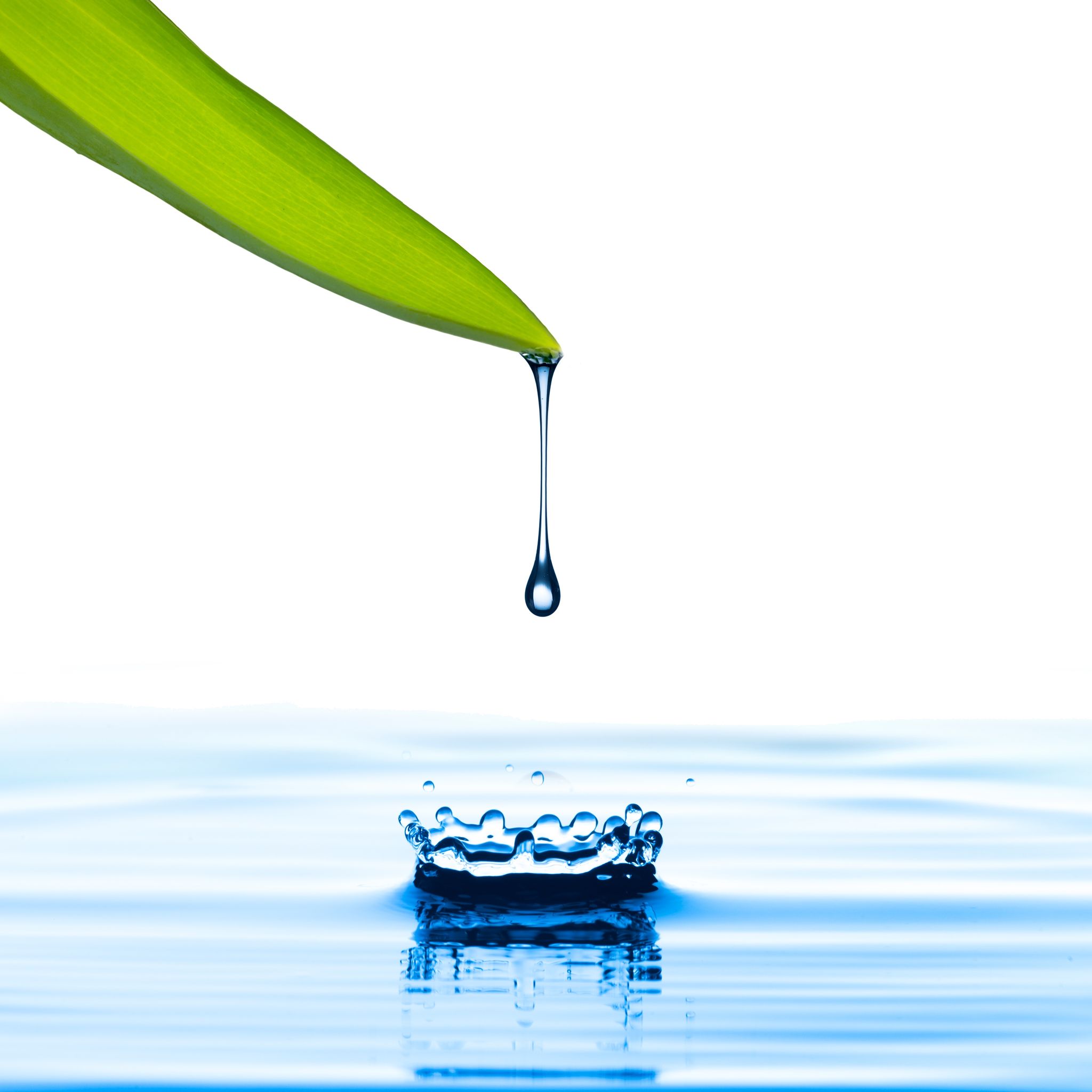By Michael Lang
At Unitex, our typical laundry facility processes over a million pounds of healthcare laundry per week. That’s a lot of linen! To meet our production demands day in, day out, we require heavy-duty systems and a lot of natural resources. But with all those systems using all those resources, you may be thinking that there’s no way we can be focused on green initiatives. Well, you’d be wrong if you did! With advanced technology and efficient systems, and the right people managing them, we can control our natural resource expenditures, making environmental stewardship a priority without degrading our ability to meet our customers’ demands. Let’s take a look at four ways that our company’s equipment and processes support more efficient use of natural resources.
Energy Efficient Equipment
Many of the most important machines in our company make use of modern technology to conserve energy. Using the latest thermal transfer fluid technology, our ironers are nearly 20% more efficient than traditional steam ironers. Our boilers, using low water volume capillary tube technology, require roughly 20% less energy than older boilers require to heat water. And our dryers, through an automated energy recovery process, recirculate heated air within the drying compartment to dry linen, thereby conserving natural gas.
Reuse of Latent Heat
Our company utilizes heat exchanger systems to transfer heat from outgoing waste water to the incoming fresh water used in our laundering processes. The heat exchangers create alternating channels for waste water and fresh water that allow the transfer of heat from the former to the latter without risk of cross-contamination. These systems greatly reduce the amount of natural gas we need to heat our laundry water, saving enough natural gas to provide heat for 75 average homes.
Automated Washing, Water Extraction, and Drying Processes
Our washing, water extraction, and drying processes are automatically managed by computer programs, thereby ensuring our linen is processed efficiently. The processes are designed to conserve water during washing, extract excess water for quicker dry times, and manage drying requirements to conserve natural gas. Each system is equipped with alarm and warning programs that alert operators and maintenance personnel of malfunctions that can lead to wasting resources. To give you an idea of what we save on water alone, if one of our typical plants were to clean laundry using a washing machine found in an average home, it would require roughly two million gallons more than what it currently uses to clean laundry. That’s enough water to cover the usage for almost 700 average homes!
Monitoring and Analyzing Energy Data
Through the use of daily resource reports and the evaluation and analysis of weekly data, our management and staff personnel are able to quickly identify and address problems with our systems and processes. Critical to this evaluation is our use of historical norms: we always take a look at how our plants are performing with respect to the past so that we have a standard of evaluation. If our reports show that we’re processing the same amount of linen as last year, but with higher natural resource expenditures, then we know we need to take a look at our equipment and systems to find the problem.
With these types of equipment, systems, and processes in place, Unitex is able to conserve natural resources without decreasing our capability. Simply put: we continue to provide service to our customers while always seeking to protect the environment.
Michael Lang is a Process Analyst with Unitex, and has developed and written business and process documentation for numerous years. You can find him on LinkedIn. To learn more about what we do at Unitex, click here.





